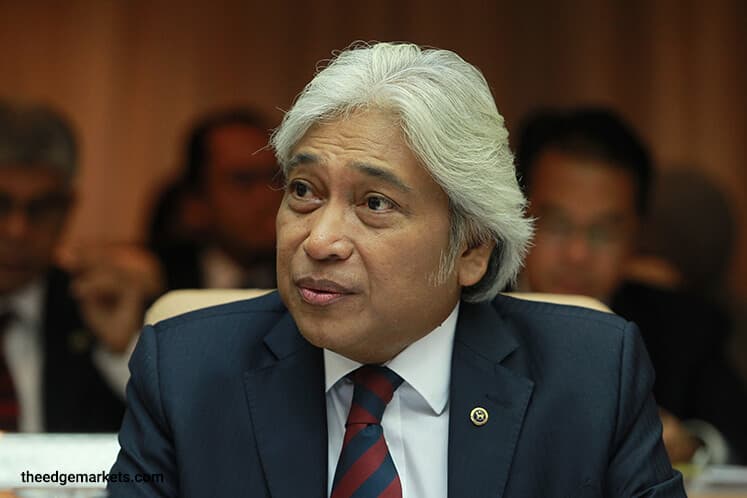
KUALA LUMPUR (Aug 16): The captive insurance industry is no longer just relevant to large corporates as captives are seen as a creative and efficient risk transfer solution that address different industry and companies' unique business needs, says Bank Negara Malaysia governor Datuk Seri Muhamad Ibrahim.
It could also be a powerful catalyst for more mature risk management practices and culture among small and medium enterprises (SMEs), Muhamad said in his keynote address at the Asian Captive Conference 2017.
“First, captives are poised to move beyond the predominant focus on the single parent-captive model and the exclusive domain of large corporates,” he said, referring to one of the future trends that is emerging for the captive insurance industry.
Many non-profits entities in the United States and an increasing number of SMEs are accessing captives via group captive models that pool assets and share risks across its members, he noted.
Muhammad compared it with the mutual, formed together by firms with a particular industry that shared similar exposures. The governor also took note of the similarities to takaful.
He said the overlapping markets of mutual, captive and takaful industries are likely to provide an important impetus for the wider use of group captives among mid-sized and smaller companies.
With the vibrance of SMEs and fast growing takaful market, the region is well-placed to harness this potential. Southeast Asia alone contributes almost 30% to global takaful contributions and this offers an opportunity for Malaysia, who is the anchor for Islamic finance.
Technology will also be key driver for new captive models, according to Muhammad, as it could help to modernize legacy processes and systems, strengthen risk management capabilities and capture efficiency gains.
“At the frontier of development, the evolution of Big Data and Insurtech has opened up significant new possibilities for segmenting and pooling of risk and capital, and tailoring solutions to specific needs and profiles,” the central bank governor added, pointing to new online platforms based on group captive model and P2P insurance concepts as a case in point.
There is also a greater need for a supervisory regime or regulatory framework to promote financial stability.
Muhammad noted risks that may be created as a result of arbitrage and distortions to the broader insurance market. He acknowledged captive risks will differ from traditional insurance and they also vary significantly between different types of captives, depending on ownership and structure, scope of business and nature of risks insured.
He acknowledged the constraint to design a suitable regulatory framework with limited data on captives and stressed it should be addressed as a matter of priority.
“Increased efforts by governments to tackle profit shifting and tax base erosion (BEPS) have been another factor behind recent regulatory developments. Significant changes have taken place, affecting offshore financial centers in the past decade, shaped by heightened expectations for enhanced transparency and exchange of information between tax authorities.
“Captives must be seen as supporting and contributing to the broader economic transformation and growth,” Muhammad added.